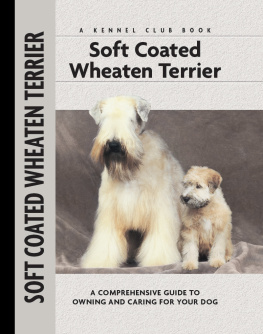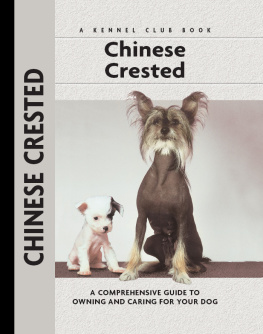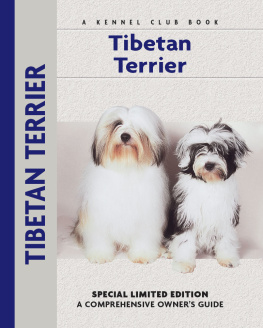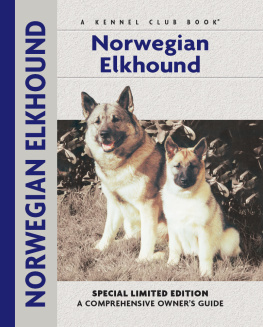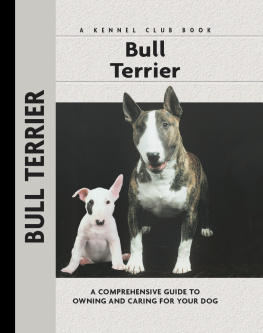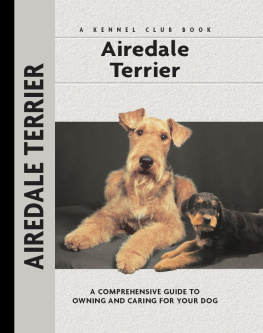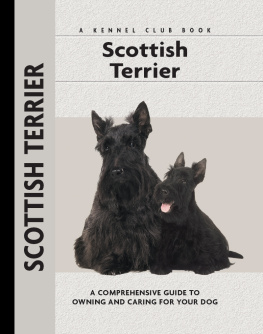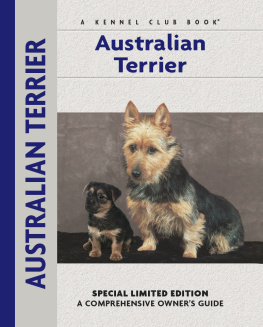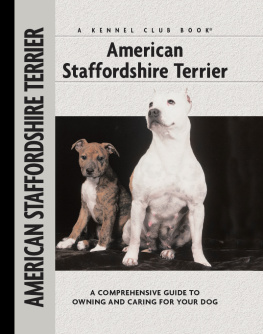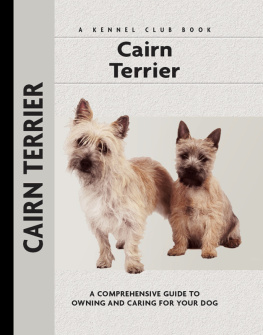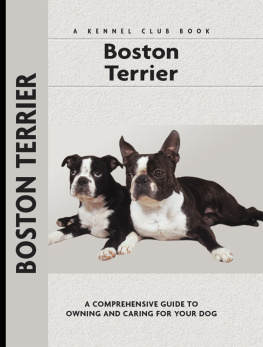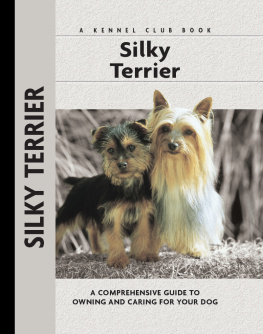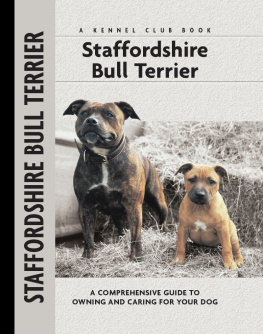Physical Characteristics of the
Soft Coated Wheaten Terrier
(from the American Kennel Club
breed standard)
Head: Well balanced and in proportion to the body. Rectangular in appearance; moderately long. Powerful with no suggestion of coarseness. Skull flat and clean between ears. Cheekbones not prominent. Defined stop.
Eyes: Dark reddish brown or brown, medium in size, slightly almond shaped and set fairly wide apart. Eye rims black.
Nose: Black and large for size of dog.

Muzzle: Powerful and strong, well filled below the eyes. Skull and foreface of equal length.
Chest: Deep. Ribs are well sprung but without roundness.
Forequarters: Shoulders well laid back, clean and smooth; well knit. Forelegs straight and well boned. Feet are round and compact with good depth of pad.
Color: Any shade of wheaten. Upon close examination, occasional red, white or black guard hairs may be found. However, the overall coloring must be clearly wheaten with no evidence of any other color except on ears and muzzle where blue-gray shading is sometimes present.
Ears: Small to medium in size, breaking level with the skull and dropping slightly forward, the inside edge of the ear lying next to the cheek and pointing to the ground rather than to the eye.
Neck: Medium in length, clean and strong, not throaty. Carried proudly, it gradually widens, blending smoothly into the body.
Back: Strong and level.
Body: Compact; relatively short coupled.
Tail: Docked and well set on, carried gaily but never over the back.
Hindquarters: Hind legs well developed with well bent stifles turning neither in nor out; hocks well let down and parallel to each other. Feet are round and compact with good depth of pad.
Coat: An abundant single coat covering the entire body, legs and head; coat on the latter falls forward to shade the eyes. Texture soft and silky with a gentle wave. For show purposes, the Wheaten is presented to show a terrier outline, but coat must be of sufficient length to flow when the dog is in motion.
Size: A dog shall be 18 to 19 inches at the withers, the ideal being 18.5. A bitch shall be 17 to 18 inches at the withers, the ideal being 17.5. Dogs should weigh 35-40 pounds; bitches 30-35 pounds.
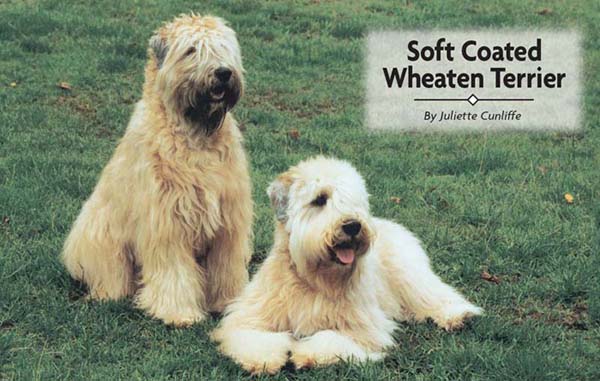
Contents
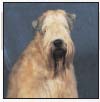
Trace this unique long-legged terrier of Ireland, one of the poor mans terriers, from the 17th century to modern times, where the breed enjoys popularity and favor around the world. Learn how the Irish terrier breeds developed into individual entities and meet some of the important names that established the breed in the US and beyond.

Make the acquaintance of this most affable terrier, whose personality makes him a terrific companion and whose steadfast working abilities make him a viable choice for the farmer. Find out about the SCWTs rapport with children and other pets and the breeds physical characteristics, as well as the inherited health concerns of which every new owner must be aware.

Learn the requirements of a well-bred Soft Coated Wheaten Terrier by studying the description of the breed as set forth in the American Kennel Clubs breed standard. Both show dogs and pets must possess key characteristics as outlined in the breed standard.

Find out about how to locate a well-bred Soft Coated Wheaten Terrier puppy. Discover which questions to ask the breeder and what to expect when visiting the litter. Prepare for your puppy-accessory shopping spree. Also discussed are home safety, the first trip to the vet, socialization and solving basic puppy problems.

Cover the specifics of taking care of your Soft Coated Wheaten Terrier every day: feeding for the puppy, adult and senior dog; grooming, including coat care, ears, nails and bathing; and exercise needs for your dog. Also discussed are the essentials of dog identification and traveling safely.

Begin with the basics of training the puppy and adult dog. Learn the principles of house-training the Soft Coated Wheaten Terrier , including the use of crates and basic scent instincts. Enter Puppy Kindergarten and introduce the pup to his collar and leash, and progress to the basic commands. Find out about obedience classes and other activities.

By Lowell Ackerman DVM, DACVD
Become your dogs healthcare advocate and a well-educated canine keeper. Select a skilled and able veterinarian. Discuss pet insurance, vaccinations and infectious diseases, the neuter/spay decision and a sensible, effective plan for parasite control, including fleas, ticks and worms.

Step into the center ring and find out about the world of showing pure-bred dogs. Heres how to get started in AKC shows, how they are organized and whats required for your dog to become a champion. Take a leap into the realms of obedience trials, agility trials and more.

K ENNEL C LUB B OOKS
S OFT C OATED W HEATEN T ERRIER
ISBN 13: 978-1-59378-303-7
eISBN 13: 978-1-59378-975-6
Copyright 2004 Kennel Club Books An Imprint of I-5 Press A Division of I-5 Publishing, LLC
3 Burroughs, Irvine, CA 92618 USA
Cover Design Patented: US 6,435,559 B2 Printed in South Korea
All rights reserved. No part of this book may be reproduced in any form, by photostat, scanner, microfilm, xerography or any other means, or incorporated into any information retrieval system, electronic or mechanical, without the written permission of the copyright owner.
10 9 8 7 6 5 4 3 2 1

Photography by Carol Ann Johnson
with additional photographs by
Ashbey Photography, Mary Bloom, Paulette Braun, T.J. Calhoun, David Dalton, Fleabusters Rx for Fleas, Isabelle Franais, Bill Jonas and Karen Taylor.
Illustrations by Patricia Peters.
The publisher wishes to thank all of the owners whose dogs are illustrated in this book, including Zara Petit, Marjorie and Dan Shoemaker and Lisa Thompson.

Next page
